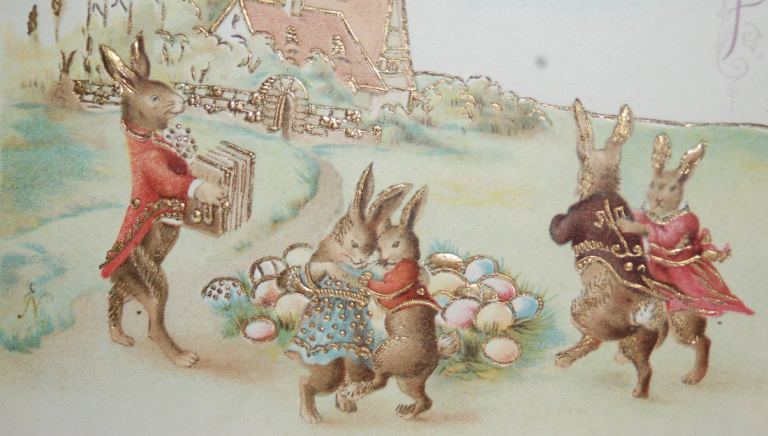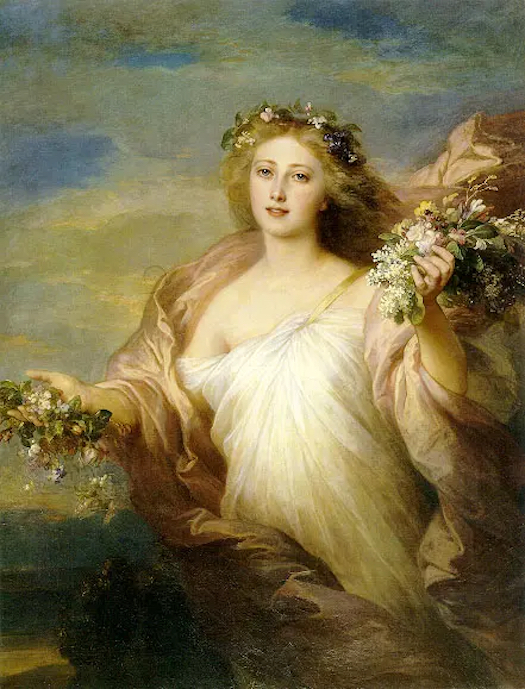
The story behind these cheerful eggs is as rich and vibrant as the colors that adorn them, weaving together ancient customs, religious symbolism, and centuries of family fun.
New York, N.Y. — Every spring, millions of people around the world celebrate Easter with a beloved tradition: decorating, hiding, and hunting for Easter eggs. But the story behind these cheerful eggs is as rich and vibrant as the colors that adorn them, weaving together ancient customs, religious symbolism, and centuries of family fun.

Ancient Beginnings: Eggs as Symbols of Life
The tradition of decorating eggs dates back thousands of years, long before the first chocolate bunny hopped onto the scene. Archaeologists have discovered engraved ostrich eggs in Africa that are over 60,000 years old, suggesting that eggs have long been cherished as symbols of fertility, rebirth, and new beginnings. In ancient Egypt, Mesopotamia, and Crete, eggs were often placed in graves as symbols of life after death, and decorated ostrich eggs were considered treasures fit for royalty.
From Pagan Festivals to Christian Celebrations
As spring approached, many ancient cultures celebrated with eggs to mark the season of renewal. Some historians believe that the Anglo-Saxons used eggs in spring festivals honoring the goddess Eostre, the namesake of Easter, as a way to celebrate the return of light and life after winter. Eggs were buried and eaten during these festivities, representing new life and the dawn of spring.
With the spread of Christianity, these joyful customs took on new meaning. Early Christians in Mesopotamia began dyeing eggs red to symbolize the blood of Christ shed during the crucifixion, transforming the egg into a powerful symbol of resurrection and hope. The practice spread through the Orthodox Church and eventually throughout Europe, blending with local customs and evolving into the Easter egg tradition we know today.
Medieval Lent and the Rise of Decorated Eggs
During the Middle Ages, the 40-day period of Lent meant strict fasting, and eggs—along with meat and other animal products—were off-limits. But chickens kept laying, so eggs were hard-boiled to preserve them until Easter. When the fast ended, these eggs were decorated and shared as festive treats, marking the end of deprivation and the joy of Easter’s arrival.
In England, it became common for children to go door-to-door on the Saturday before Lent, collecting eggs as special treats before the fasting began.
Egg Hunts, Bunnies, and Modern Traditions
The playful side of Easter eggs blossomed in Germany in the 17th century, where the tradition of the Easter egg hunt began. Inspired by folklore about the Osterhase (Easter Hare), a mythical creature said to lay colorful eggs for good children, families would hide eggs for children to find on Easter morning. Protestant reformer Martin Luther even organized egg hunts, with men hiding eggs and women and children searching for them, symbolizing the discovery of Christ’s empty tomb.

German immigrants brought these joyful customs to America, where the tradition flourished. By the 19th century, chocolate and candy eggs were all the rage, and the first White House Easter Egg Roll was held in 1878—a tradition that continues to this day.
A Tradition That Brings Joy Across Generations
Today, Easter eggs come in every imaginable form: painted, dyed, chocolate-filled, or hidden in gardens and parks for eager children to discover.
Whether shared as gifts, enjoyed in egg rolls, or simply admired for their artistry, Easter eggs remain a symbol of hope, renewal, and the simple joys of spring.
Their history is a colorful tapestry, connecting ancient rituals with modern celebrations and reminding us all that, sometimes, the best traditions are the ones that bring us together in laughter and delight.
Easter Eggs: A Colorful Tradition With Ancient, Joyful Roots (April 19, 2025)